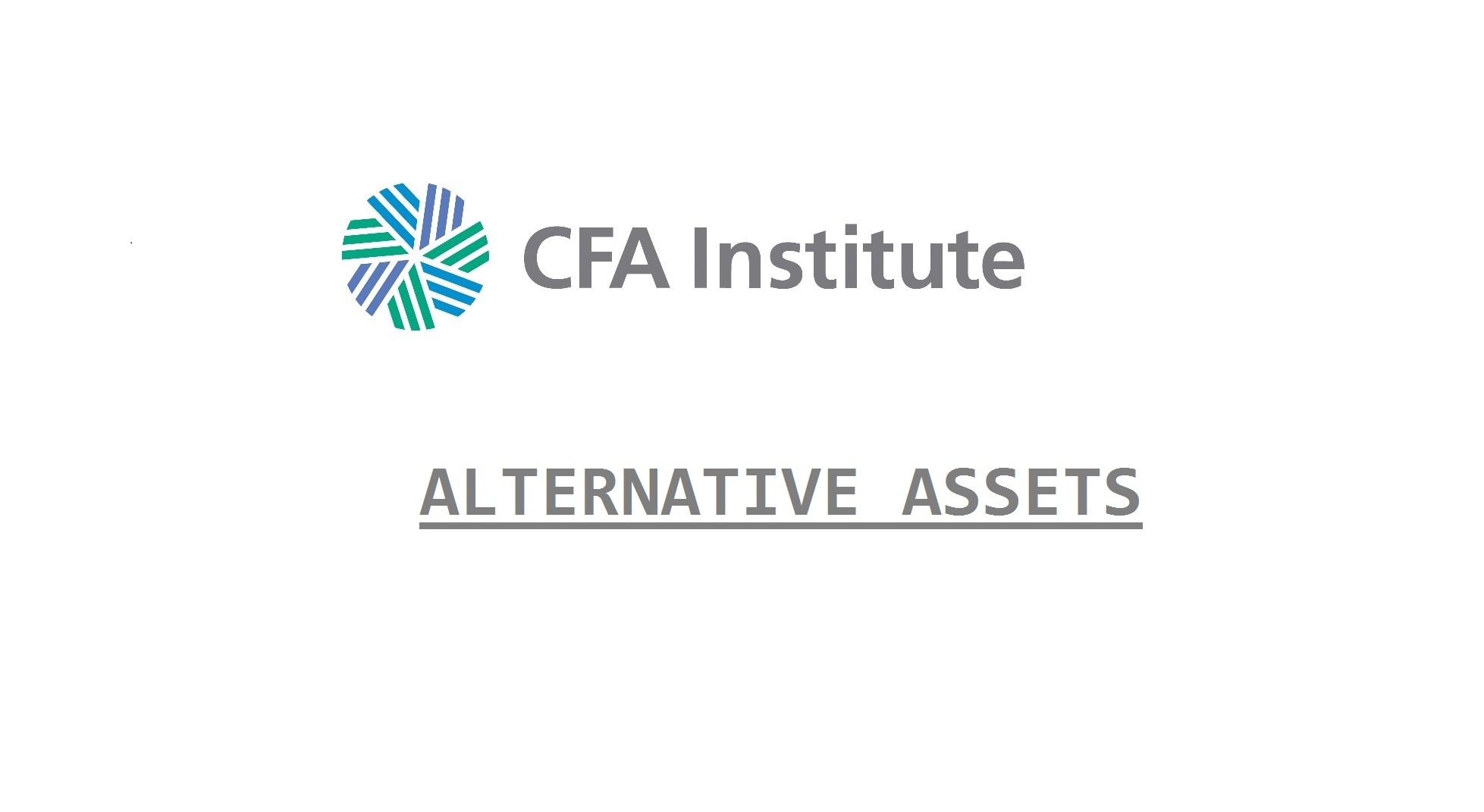Long/Short Equity
Long/short (L/S) equity managers buy equities of companies they expect will rise in value and sell short equities of companies they think will fall in value. The objective of long/short equity strategies is to be flexible in finding attractive opportunities on both the long and short sides of the market and to size them within a portfolio. When L/S equity managers combine long and short positions, the resulting portfolio has a beta (i.e., market exposure) equal to the sum of the positive and negative betas of the various long and short positions.
L/S equity hedge funds generally do not seek to eliminate market exposure entirely. L/S funds will typically have a 40%–60% net long exposure, which is beneficial considering that markets generally trend upward over time.
Many L/S equity managers aspire to provide returns comparable to that of a long-only fund but with half the amount of standard deviation.
- Diverse opportunities globally create a wide universe from which to create alpha through astute stock picking.
- Diverse investment styles include value/growth, large cap/small cap, discretionary/quantitative, and industry specialized.
- Some managers use index-based short hedges to reduce market risk, but most search for single-name shorts for portfolio alpha and added absolute return.
- Some managers are able to add alpha via market timing of portfolio beta tilt, but evidence suggests that most L/S managers do this poorly.
- This strategy can typically be handled by both limited partner and mutual fund-type vehicles.
- Liquid, diverse, with mark-to-market pricing driven by public market quotes; added short-side exposure typically reduces beta risk and provides an additional source of potential alpha and reduced
- The more market-neutral or quantitative the strategy approach, the more levered the strategy application tends to be to achieve a meaningful return profile.
Dedicated Short Selling and Short-Biased
Dedicated short-selling hedge fund managers take short-only positions in equities deemed to be expensively priced versus their deteriorating fundamental situations.
Short biased hedge fund managers also search for opportunities to sell expensively priced equities, but they may balance short exposure with some modest value-oriented, or possibly index-oriented, long exposure.
- Dedicated short sellers: They only trade with short-side exposure, although they may moderate short beta by also holding cash.
- Short-biased managers: They are focused on good short-side stock picking, but they may moderate short beta with some value-oriented long exposure or index-oriented long exposure as well as cash.
- Dedicated short sellers tend to be 60%–120% short at all times. Short-biased managers are typically around 30%–60% net short. The focus in both cases tends to be on single equity stock picking as opposed to index shorting.
- Return goals are typically less than those for most other hedge fund strategies but with a negative correlation benefit. They are more volatile than a typical L/S equity hedge fund given short beta exposure.
- Managers have some ability to add alpha via market timing of portfolio beta tilt, but it is difficult to do with consistency or added alpha.
- This strategy is typically handled best in a limited partnership because of difficult operational aspects of short selling.
- Liquid, negatively correlated alpha to that of most other strategies, with mark-to-market pricing from public prices. Historic returns have been lumpy and generally disappointing.
- There is typically sufficient natural volatility that short-selling managers do not need to add much leverage.
Equity Market Neutral
Equity market-neutral (EMN) hedge fund strategies take opposite (i.e., long and short) positions in similar or related equities that have divergent valuations, and they also attempt to maintain a near net zero portfolio exposure to the market.
Because these portfolios do not take beta risk but do attempt to neutralize so many other factor risks, they typically must apply leverage to the long and short positions to achieve a meaningful expected return from their individual stock selections.
Popular subtypes of EMN funds include:
- Pairs trading. Two stocks with similar characteristics are identified that are respectively overvalued and undervalued.
- Stub trading. This EMN strategy involves going long and short shares of a subsidiary and its parent company. Generally the positions taken correspond to the percentage of the subsidiary owned by the parent.
- Multi-class trading. This strategy entails going long and short relatively mispriced share classes of the same firm, for example non-voting and voting shares.
- They have relatively modest return profiles, with portfolios aimed to be market neutral, and differing constraints to other factors and sector exposures are allowed.
- They generally have high levels of diversification and liquidity and lower standard deviation of returns than many other strategies across normal market conditions.
- Many different types of EMN managers exist, but many are purely quantitative managers (vs. discretionary managers).
- Time horizons vary, but EMN strategies are typically oriented toward mean reversion, with shorter horizons than other strategies and more active trading.
- Because of often high leverage, EMN strategies typically do not meet regulatory leverage limits for mutual fund vehicles. So, limited partnerships are the preferred vehicle.
- EMN strategies typically take advantage of idiosyncratic short-term mispricing between securities whose prices should otherwise be co-integrated. Their sources of return and alpha, unlike those of many other strategies, do not require accepting beta risk. So, EMN strategies are especially attractive during periods of market vulnerability and weakness.
- As many beta risks (e.g., market, sector) are hedged away, it is generally deemed acceptable for EMN managers to apply higher levels of leverage while striving for meaningful return targets.
